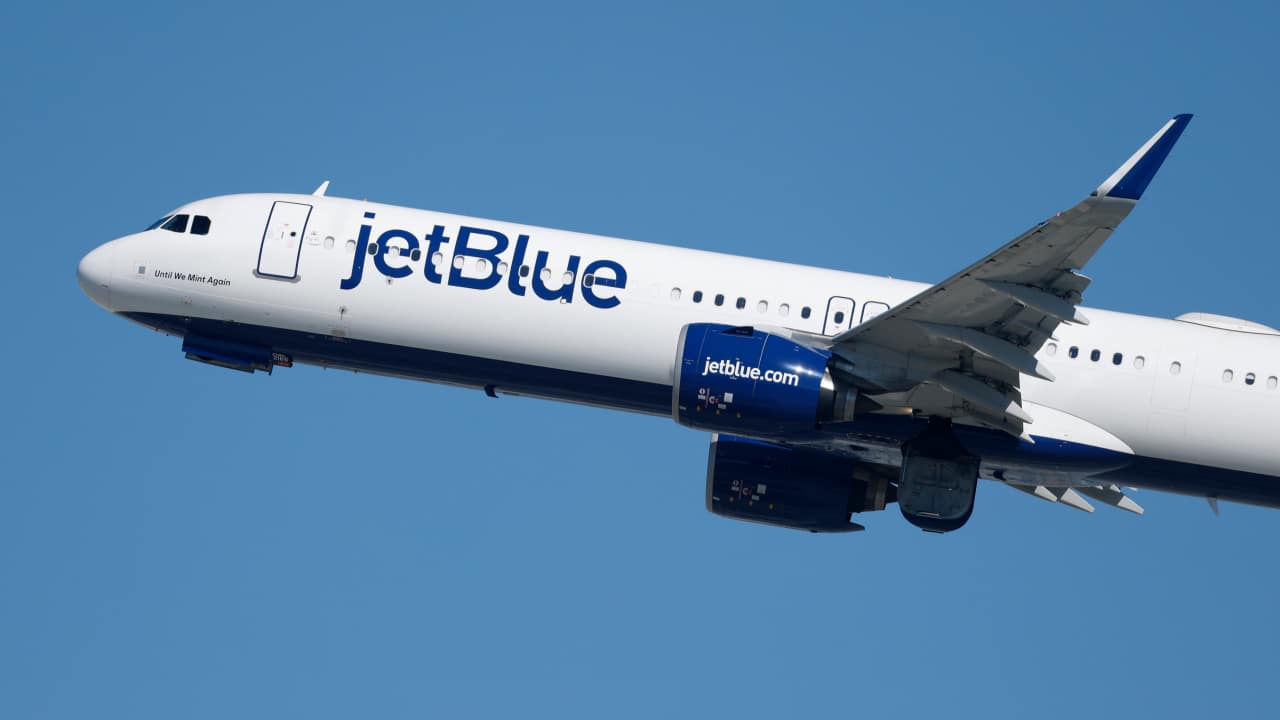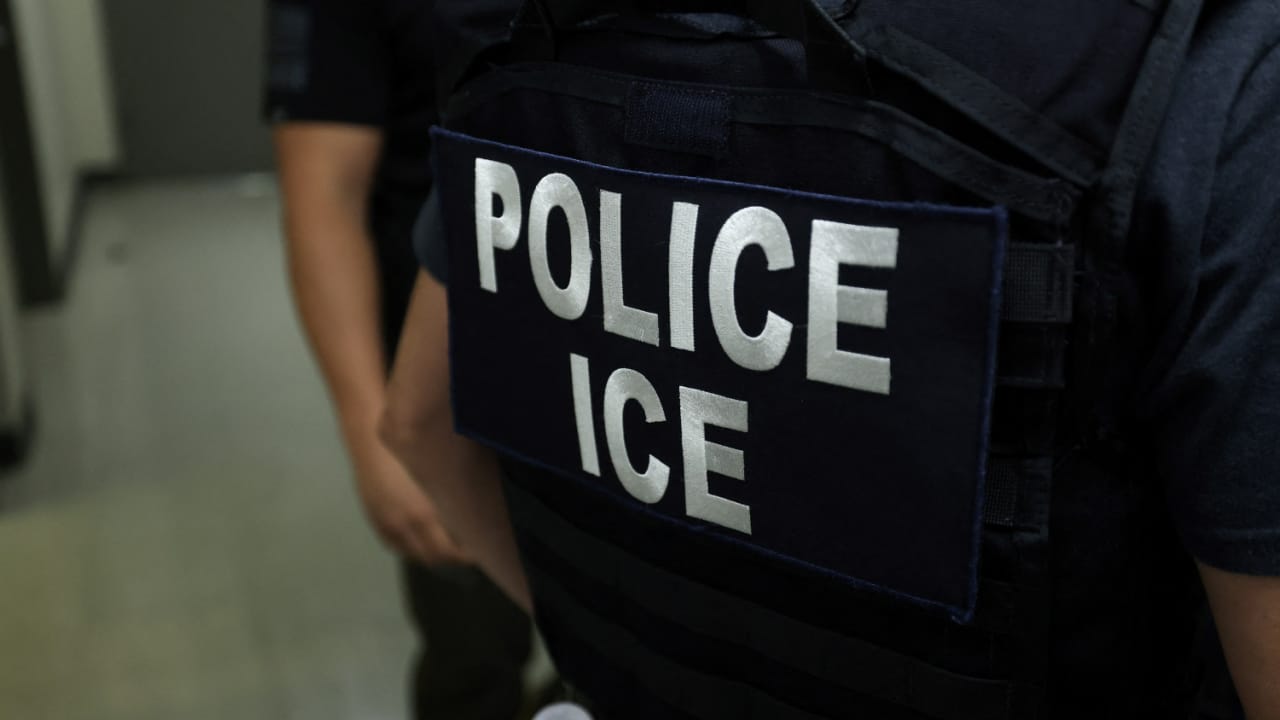The True Story Of The 1972 Andes Plane Crash And Its 16 Survivors
If you recently watched Netflix’s new film “Society of the Snow,” then you might be curious about its backstory. Helmed by Spanish director J. A. Bayona, the movie depicts the true story of the 1972 Andes plane crash that rocked the entire world. The 45-person flight, which initially carried a Uruguayan amateur rugby team and their loved ones, descended into the Andes mountains in a harrowing crash.
What followed became one of the fiercest stories of survival ever recorded.
Here is what to know about what really happened in that 1972 plane crash, and the survivors’ 72 days in subzero wilderness as they fought to live another day.
The 45-person plane crashed into the Andes and lost both its wings and tail
“Society of the Snow” is based on a book of the same name by Uruguayan author Pablo Vierci, portraying the real story of the Uruguayan Air Force flight 571’s frightening crash. If you watched the movie already, you know that the crash had 16 miraculous survivors who teamed up to stay alive in devastating conditions. Here’s a terrifying scene from the movie that shows how the plane’s crash may have felt like to the rugby team and their friends and family:
As per TIME, members of the Old Christians Club amateur rugby team from Montevideo, Uruguay chartered a plane bound for Santiago, Chile on October 12, 1972. On their way to play a rugby match in Santiago, the team brought along some of their loved ones, including parents, siblings, and friends.
The plane, which carried 40 passengers and five crew members — including a stranger who booked a seat to attend a wedding in Chile — landed in Mendoza, Argentina that same day. It encountered bad weather, so the crew decided to stay overnight in Mendoza and try again the next day.
However, the subsequent flight, which took place on Friday, October 13, 1972, ended in tragedy. And yes, some of the team members saw the Friday the 13th takeoff date as an unlucky omen.
That day, there was still some bad weather. In fact, survivor Nando Parrado later told The Guardian: “Today, I would never go near that aeroplane… A Fairchild FH-227D, very underpowered engines, full of people, completely loaded, flying over the highest mountains in South America, in bad weather.” In short, Parrado now sees the flight was a recipe for disaster.
After an hour of flight time, the plane’s pilot miscalculated their location and began descending directly into the Andes. Battling inclement weather and fog, the plane hit a mountain and ended up losing its wings and tail. Recalling how they plunged thousands of feet at lightning speed, Parrado stated: “I heard this sound, like an implosion… I died without realizing I was dying.”
“I went into a very black piece of, I don’t know what… of the universe?”
As famously reported, survivors resorted to cannibalism to stay alive
The plane crash immediately killed 12 of the passengers, leaving 33 initial survivors. However, many had serious injuries, and six more people died in the following two weeks.
As per Britannica, the 27 survivors faced freezing temperatures, wilderness, and few resources in the thick of the Andes. Using the plane’s fuselage for shelter, they rationed few onboard foodstuffs like wine and candy for about one week.
After that, survivors came to a difficult, controversial understanding. If they wanted to make it out of the Andes, they needed to eat the flesh of those who had died. This was made even more difficult because the dead bodies were their friends and family. As survivor Roberto Canessa — who was just 19 years old at the time of the crash — told TIME, “I told [the others], ‘This is my idea and I’m going to go out there and cut off a piece [of a body] and I respect what other people think.'”
Interestingly, he said his main motive for resorting to cannibalism was the thought of his grieving mother at home. “I have seen how mothers cry when they lose their sons and I didn’t want my mother to go through that.”
Still, even when eating parts of the dead bodies, he still questioned the act. “You are eating a dead person and the person is your friend and you wonder, ‘Should I do this? Or should I let myself die?”
But as he put it, “nothing stops you” in the act of survival.
This part of the story was undoubtedly traumatic for the 16 people who survived the crash at the time of rescue. For this reason, director Bayona chose a more sensitive portrayal in his film. “This is a horrible story that is never focused on the horror,” he told BBC. “It’s focused on the human aspect of the story and on the friendship.”
While on the subject, Uruguayan actor Enzo Vogrincic, who plays Numa Turcatti in the movie, added: “[The cannibalism] was just a vehicle for them to survive. It’s not the story itself. They did so much more.”
Speaking on the issue, survivor Parrado recalled how around 11 days after the crash, one event made them agree to cannibalism. Namely, hearing on a small radio that rescuers were calling off the mission. “Everybody in that situation … you would have arrived at the same thought. And it’s easier than you think,” he explained.
Three of the remaining 16 people decided to climb the mountain in search of help
And while the remaining survivors used human remains as food, they still battled subzero temperatures, injuries, and horrifying conditions. By October 29, they experienced two avalanches that killed eight of them. The 19 others were trapped inside the plane’s body for three days, and later experienced a blizzard.
During the rest of their incredible 72 days in the Andes, three more people died. This left just 16 people out of the initial 45 flight passengers.
Still, they knew their days were numbered — and they needed to get out of there fast. As per The Guardian, the 16 of them were living in -31 degrees Fahrenheit, and they had no coats or blankets. Huddling and even punching and breathing on each other to keep warm, Parrado remembered the avalanche: “Hell could have been a very comfortable place, I can tell you, if you compare it with those four days under the avalanche.”
Knowing the rescue mission was called off weeks before, the survivors knew they had to take serious initiative. After 60 days, Canessa, Parrado, and another team member, Antonio “Tintin” Vizintín, set off to walk and find help. However, this wasn’t very easy in the middle of the Andes mountains.
Making sleeping bags and sleds from materials they repurposed from the plane, they climbed the mountain for three days straight. Vizintín later sled back down to the crash site to not waste Canessa and Parrado’s food resources.
After walking for a total of ten days, the two survivors encountered a man and told them their story. While they waited in place, that man alerted authorities — and the rest was rescue history.
Rescuers airlifted the 14 others on December 22 and 23 of that year.
Parrado remembered being reunited with his friends to The Guardian: “Three of my friends jumped over me like dogs, kissing me and shouting. It was a very surreal and emotional scene.”
The Netflix film portrays all of this and more, with Bayona telling AP News that he “wanted to get as close to reality as possible.” In fact, he got so real, that he cast crash survivor Carlitos Páez as his own father in the movie.
Being from Uruguay, actor Vogrincic explained his pride in the national story. “It fills you with a sense of pride because they’re Uruguayan.”
“But as you get deeper into the story, you realize that the story is much bigger,” he added. “It talks about humanity as a whole.”




